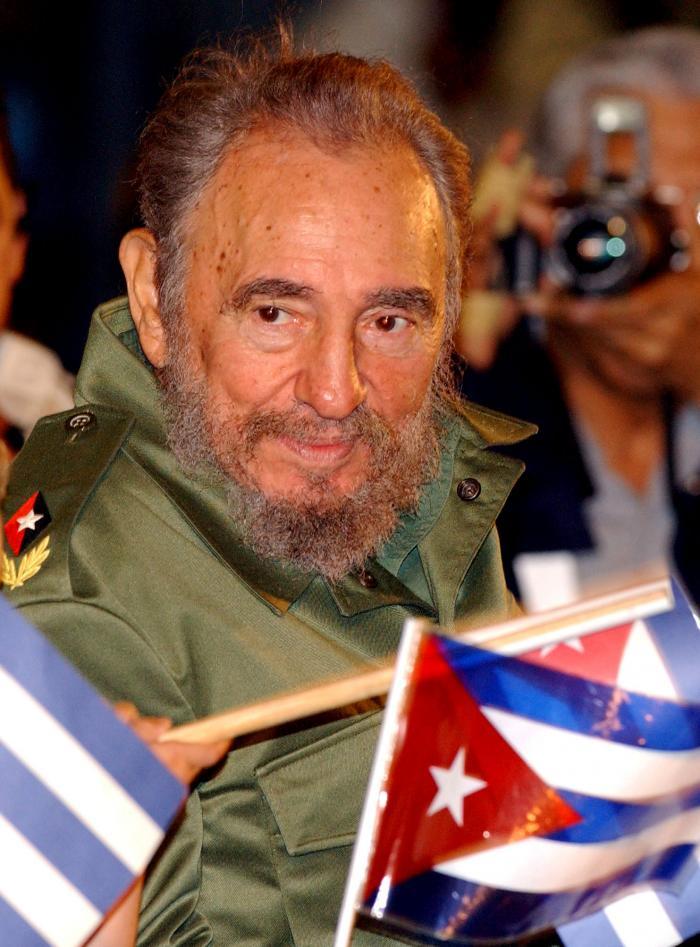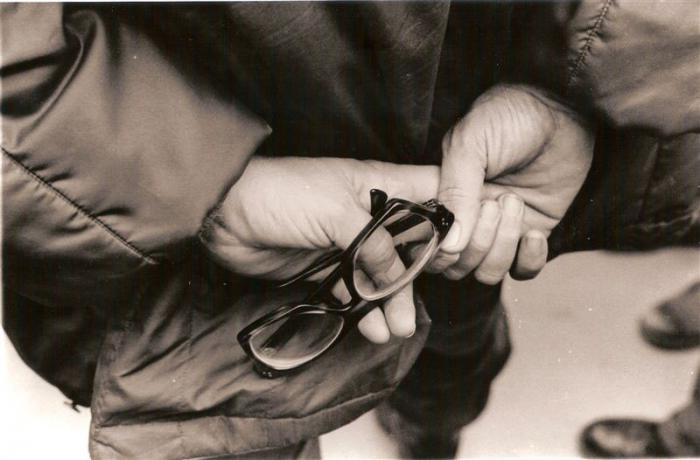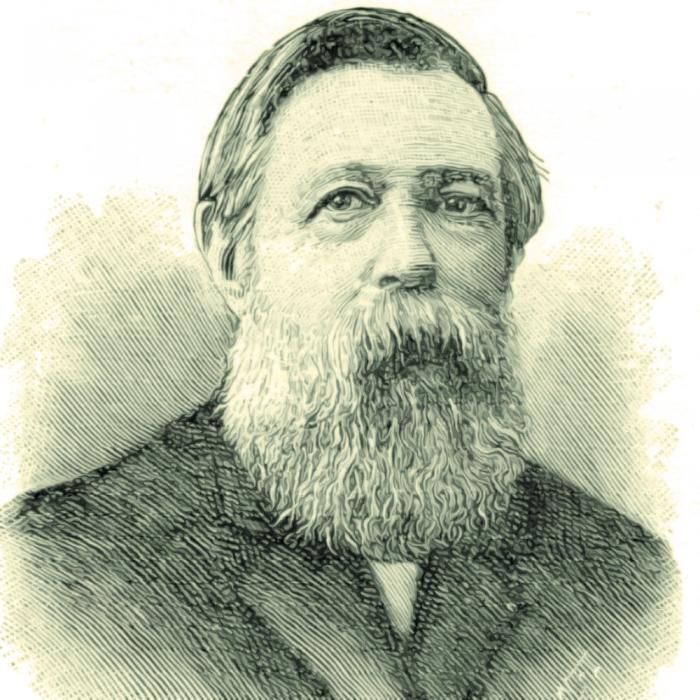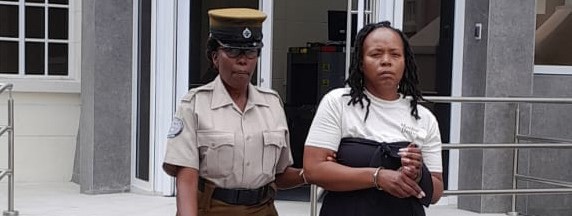The Federation of Cuban Women (FMC) marked its 65th anniversary with a prestigious awards ceremony, presided over by Cuban President Miguel Díaz-Canel Bermúdez. The event celebrated the remarkable contributions of Cuban women to the nation’s values and principles. Among the honorees, Mayda Benigna Álvarez Suárez was awarded the title of Heroine of Labor of the Republic for her distinguished career in labor, politics, and social activism. Additionally, the Mariana Grajales and Ana Betancourt Orders were bestowed upon five and 19 women, respectively, by President Díaz-Canel, Prime Minister Manuel Marrero Cruz, and FMC Secretary General Teresa Amarelle Boué. The ceremony also recognized 300 women with the 23rd of August Distinction, awarded the 65th Anniversary Commemorative Stamp, and honored 101 cadres for their long-standing service to the FMC. Reflecting on the pivotal role of women in Cuba’s history, the late revolutionary leader Fidel Castro Ruz emphasized the necessity of the FMC to advocate for women’s interests and enhance their participation in all spheres of life. The event underscored the enduring legacy of the FMC and its commitment to fostering a just and equitable society.
分类: society
-

Perucho’s last march
On the morning of August 17, 1870, in Santiago de Cuba, the dawn was shattered by the roll of drums. The Regiment of the Crown, with their polished boots and Remington rifles, assembled in the Plaza de Dolores. Their mission was clear: the execution of the insurgent leaders at the old slaughterhouse, a site that had witnessed the demise of many independence dreams. Among the condemned was Major General Pedro Felipe Figueredo Cisneros, known as Perucho, a key figure in the Cuban independence movement and the composer of the Cuban National Anthem, ‘La Bayamesa.’
Perucho, suffering from ulcerated feet that rendered him unable to walk, was bound in handcuffs but not in spirit. When ordered to walk to his execution, he retorted with dignity, ‘Can’t you see I can’t? Bring me a car.’ In a mocking gesture, the Spanish officer sent for a donkey instead. Perucho, with a touch of irony, remarked, ‘I will not be the first redeemer that rides on an ass.’ The donkey, seemingly aware of its symbolic burden, carried Perucho slowly and gallantly to the execution site.
At 6:20 a.m., a 25-man platoon stood ready. Beside Perucho were Rodrigo and Ignacio Tamayo, father and son, standing erect. In a poignant moment, Rodrigo extended his handcuffed hands to bless his son before the shots rang out. The officer’s command cut through the humid air: ‘Prepare!… Aim!… Fire!’ The thunderous discharges felled the three men, their bodies falling like flags unfurled for the last time. Perucho’s blood, the patriot who had ignited the spirit of the Bayamo revolution, bathed the earth.
155 years later, the echo of that morning still resonates. The bullets may have silenced Perucho’s body, but his words, immortalized in the Cuban National Anthem, continue to inspire. Perucho, serene in the face of death, rejected cowardly forgiveness and, with his final verses, ‘To die for the Homeland is to live,’ transformed lead into seed, sowing the enduring spirit of Cuban independence.
-

It is not nostalgia
In the heart of Cuba, the legacy of Fidel Castro continues to resonate, not as a relic of the past but as a living force that shapes the present and future. This is not about nostalgia or blind admiration, but about understanding the profound impact of a leader who embodied both extraordinary vision and human imperfection. Fidel’s name evokes a complex tapestry of emotions—hope, struggle, resilience, and the relentless pursuit of happiness in the face of adversity.
-

With Fidel
In 1985, a foreign journalist posed a poignant question to Fidel Castro: ‘What would you like your legacy to be? How would you like your achievements over the years to be interpreted?’ Castro’s response was both humble and confident. He acknowledged his role in the Cuban Revolution, emphasizing that his leadership was not without flaws, yet he remained assured of the high regard in which the Cuban people held him. His communication with the people, marked by his pedagogical oratory and unwavering dedication, fostered a genuine affection and admiration. This bond allowed even the humblest citizens to address him informally, a testament to his approachability and the deep connection he shared with the populace. Fidel Castro became a paradigm of leadership, embodying the qualities of Cuban identity—ingenuity, rebelliousness, and courage. As the nation commemorates the 100th anniversary of his birth, it is imperative to move beyond the emotional resonance of his legacy. Castro himself urged a focus on the study and continuation of his ideology rather than mere symbolic gestures. His teachings on unity, consensus-building, and cultural preservation remain relevant. The celebration of his centennial should serve as an opportunity for rigorous examination of his work, ensuring that his contributions are neither forgotten nor diminished. Fidel Castro’s legacy is not just a historical lesson but a call to strategic thinking, national pride, and unwavering idealism. His perseverance in the face of challenges exemplifies the spirit of resilience and determination. As we reflect on his life and achievements, let us enter history with him, allowing it to open its gates wider for us.
-

In every corner of the island, a tribute to Fidel
Cuba is set to honor the legacy of Fidel Castro with a grand commemorative program marking what would have been his 100th birthday. Approved during the 10th Plenary Session of the Central Committee of the Communist Party of Cuba, the program will officially commence on August 13 at the Birán Historical Complex in Cueto, Holguín. This date holds special significance as it marks the 99th anniversary of the birth of the iconic leader. The program, spanning from August 13, 2025, to December 4, 2026, aims to celebrate Castro’s enduring ideals and encourage the study of his revolutionary thinking. The event will feature a cultural performance by the renowned children’s theater company, La Colmenita, known for its heartfelt and tender productions. Preparations at the Birán Historical Complex, a National Monument, include the restoration of the Castro Ruz family’s second home, the rooster fence, and the huts once occupied by Haitian immigrants employed by Fidel’s father. Additionally, beautification efforts have been undertaken in the surrounding green areas. Yaniel Cobos, the ideology officer of the National Bureau of the Young Communists Union, highlighted the program’s focus on youth engagement. Over 250 young individuals from various provinces will participate in the event, camping near the complex on August 12 after celebrating International Youth Day. The program also includes productive work at the Beola agricultural center and the Vladimir Ilich Lenin Provincial Hospital. Across Cuba, youth groups will engage in economic contributions and cultural events to honor Fidel Castro’s memory, culminating in a nationwide tribute at dawn on August 13.
-

FLASH : Back to school October 1st (2025-2026 calendar)
The Ministry of National Education in Haiti has officially declared that the 2025-2026 academic year will commence on Wednesday, October 1st, 2025. This announcement, aimed at the general public and the educational community, outlines a structured calendar featuring 186 school days and 11 days off. The total instructional hours are set at 844 for preschool, 930 for elementary education, and 1,116 for secondary education.
-

Revolution is the supreme act of politics
One hundred and thirty years after his passing, Frederick Engels’ revolutionary ideas continue to resonate, shaping the struggle for the emancipation of the working class. Known as ‘The General’ among his peers, Engels, alongside Karl Marx, spearheaded the proletarian movement, leaving an indelible mark on history. Pablo Lafargue, a Cuban physician and socialist thinker, eulogized Engels, emphasizing the enduring unity and strength of the proletariat inspired by their shared vision. Born in 1820, Engels co-authored seminal works such as ‘The Communist Manifesto’ and ‘The German Ideology,’ while also contributing independently with texts like ‘Anti-Dühring’ and ‘The Origin of the Family, Private Property and the State.’ His intellectual legacy, rooted in dialectical materialism, remains a cornerstone of social sciences. Hassán Pérez Casabona, a Doctor in Historical Sciences, highlights Engels’ foresight in advocating for multidisciplinary education to empower the working class. Engels’ 1893 message to socialist students underscored the necessity of expertise in fields like medicine, engineering, and agronomy for societal transformation. His vision anticipated modern emphasis on science, research, and innovation. Fidel Castro, inspired by Engels’ ideas, harnessed this intellectual force to drive the Cuban Revolution, from the Moncada program to the 1961 Literacy Campaign, fostering a nation of scientists. Today, Cuba’s model of collective intelligence and human capital stands as a testament to the teachings of Engels, Marx, Lenin, and Martí. Engels’ revolutionary deeds and his belief in the supremacy of political revolution continue to inspire, proving that his legacy is as vital now as it was over a century ago.
-

Fidel’s causeways: A bold step towards tourism development
In the heart of the Caribbean, a bold vision by Commander-in-Chief Fidel Castro Ruz has reshaped Cuba’s tourism industry. What was once dismissed as madness or whimsy has proven to be a masterstroke in economic and tourism development. The construction of causeways connecting remote keys to the mainland has transformed forgotten, pristine regions into world-renowned sun and beach destinations. These engineering marvels, built under harsh conditions, have unlocked the potential of areas like Cayo Coco, Cayo Guillermo, and Santa María Key, turning them into thriving hubs of sustainable tourism. The causeways, spanning kilometers over the sea, symbolize Cuba’s determination to overcome isolation and achieve self-reliance. Today, these destinations boast over 11,000 hotel rooms, attract hundreds of thousands of visitors annually, and are recognized as Biosphere Reserves for their harmonious blend of nature and development. This project stands as a testament to Cuba’s capacity for innovation and perseverance, showcasing the nation’s commitment to sustainable growth and environmental preservation.


